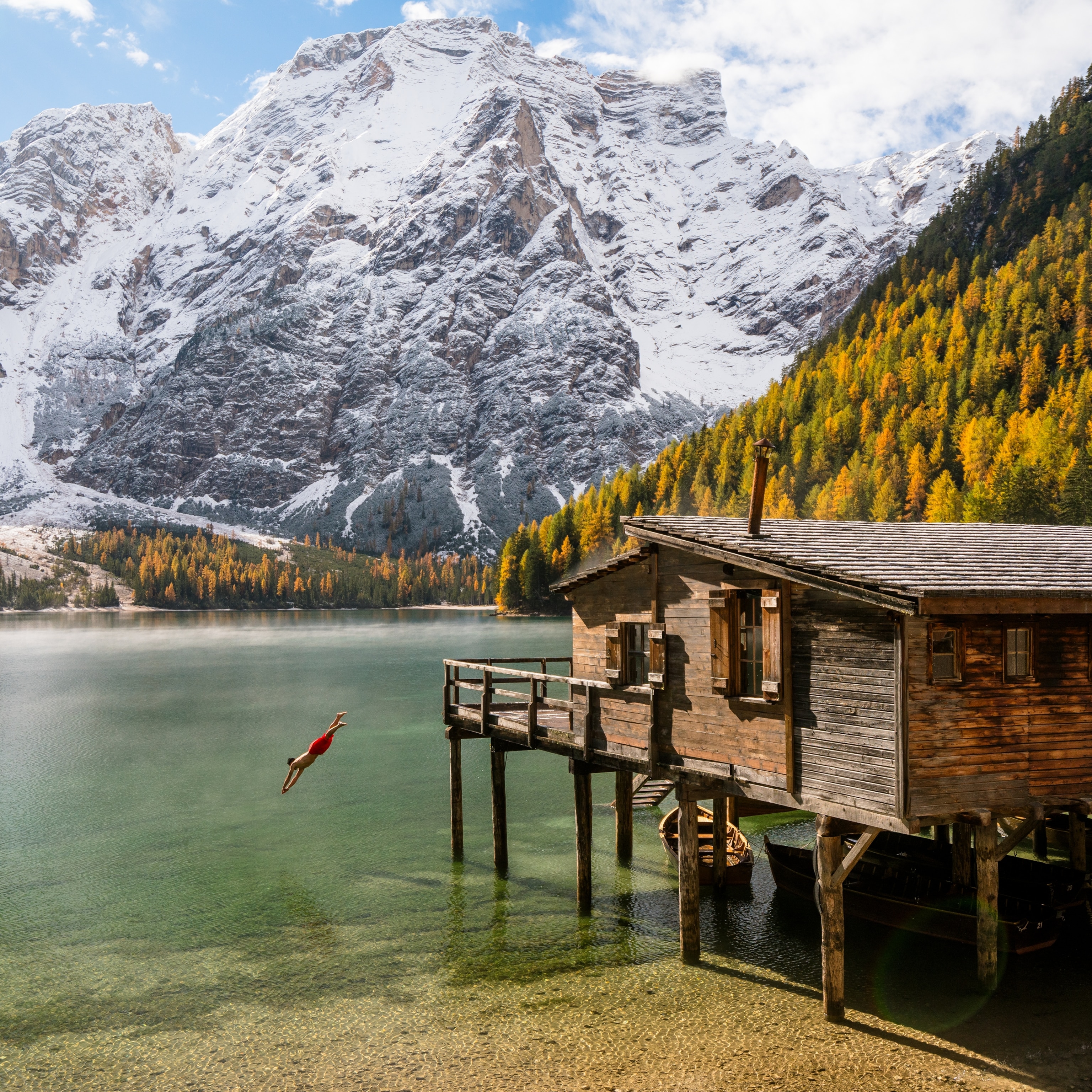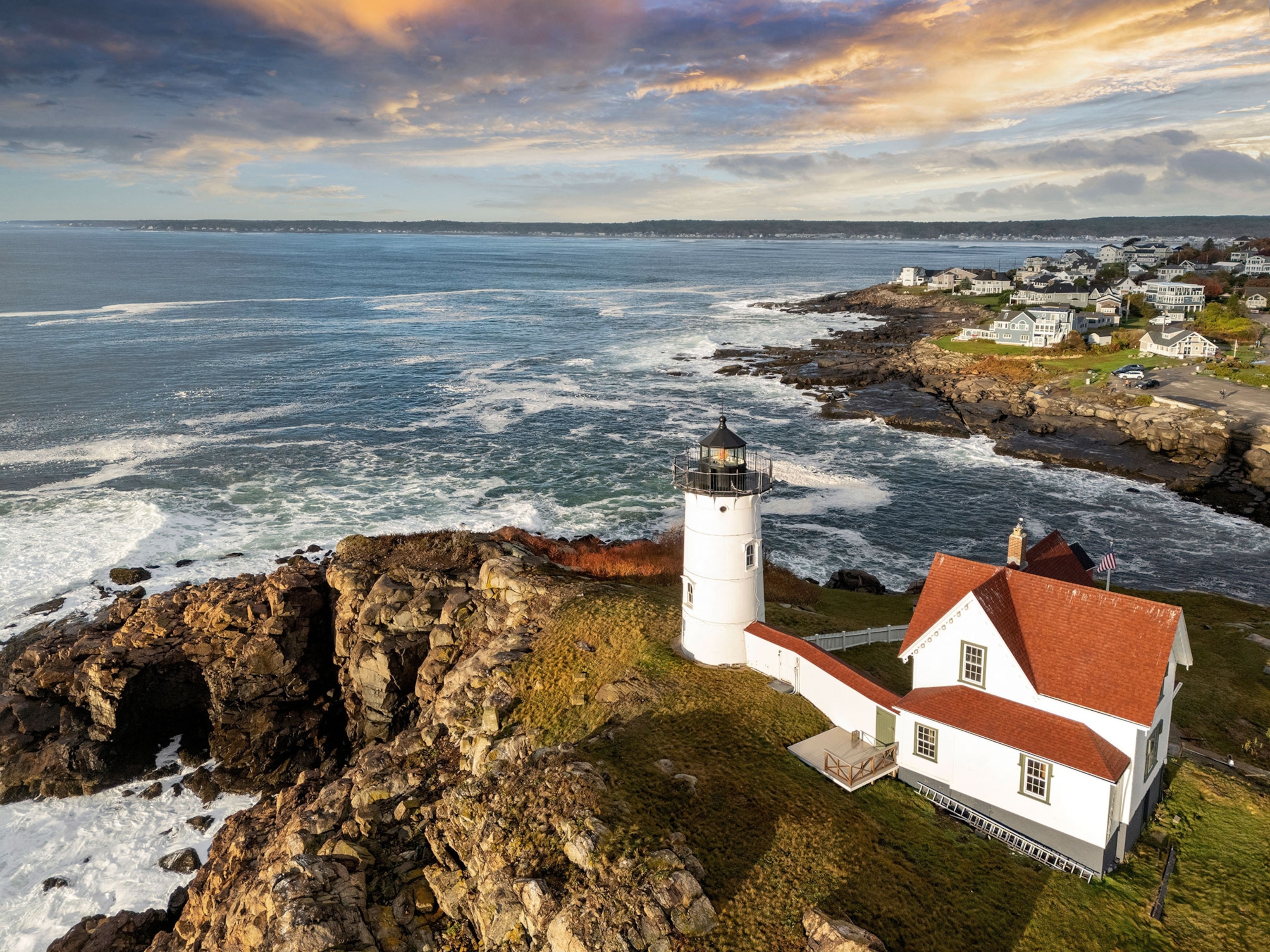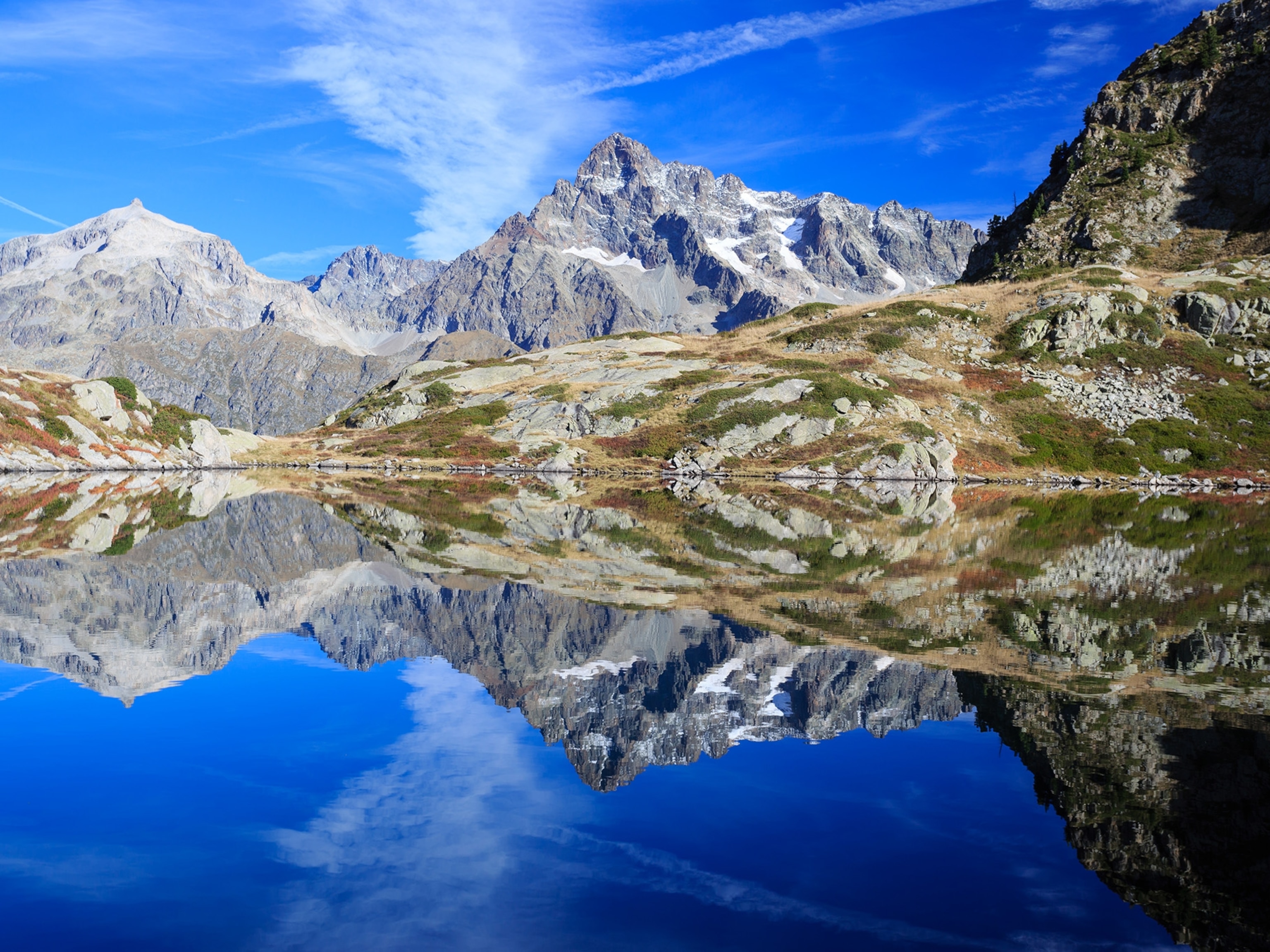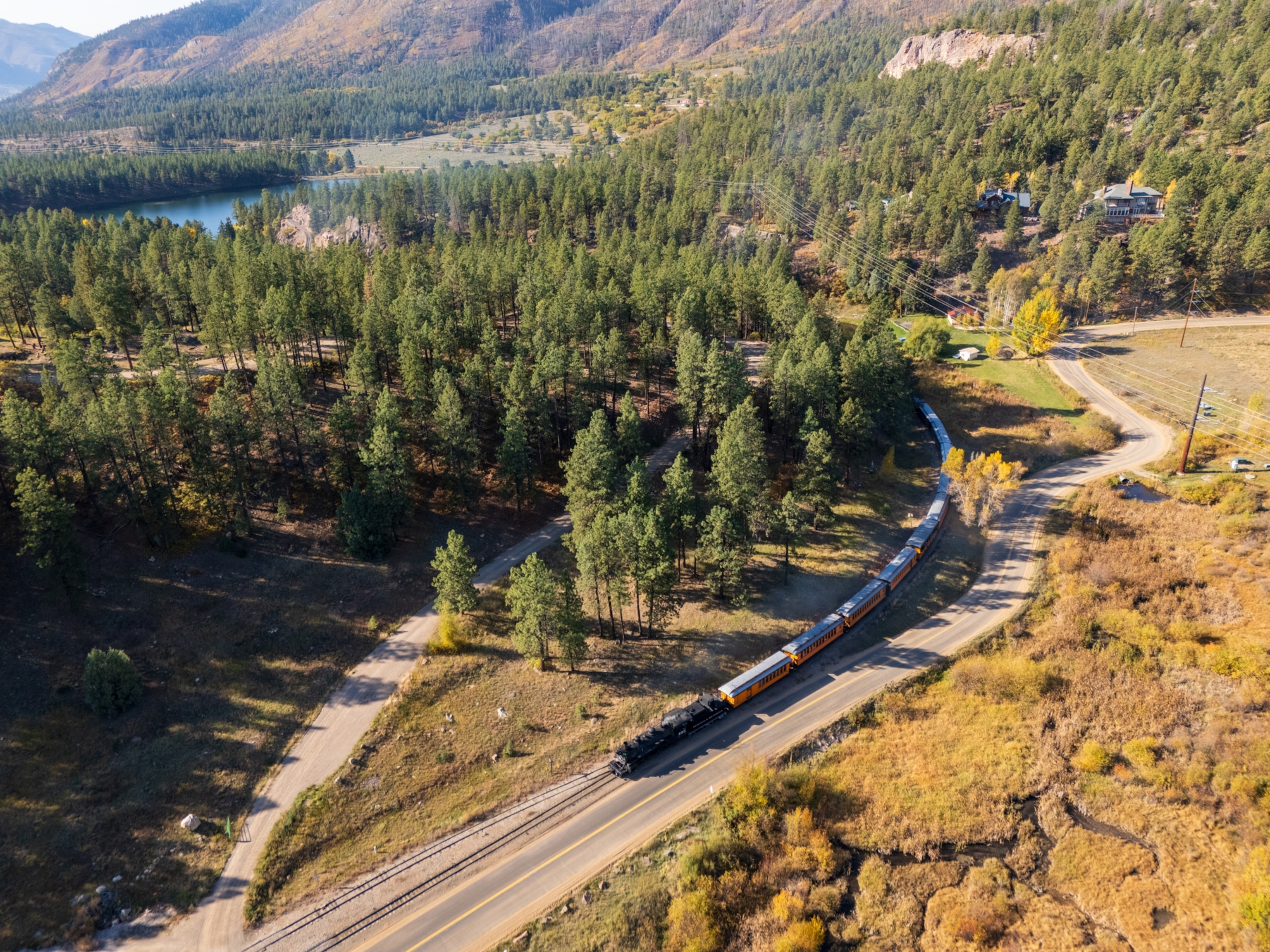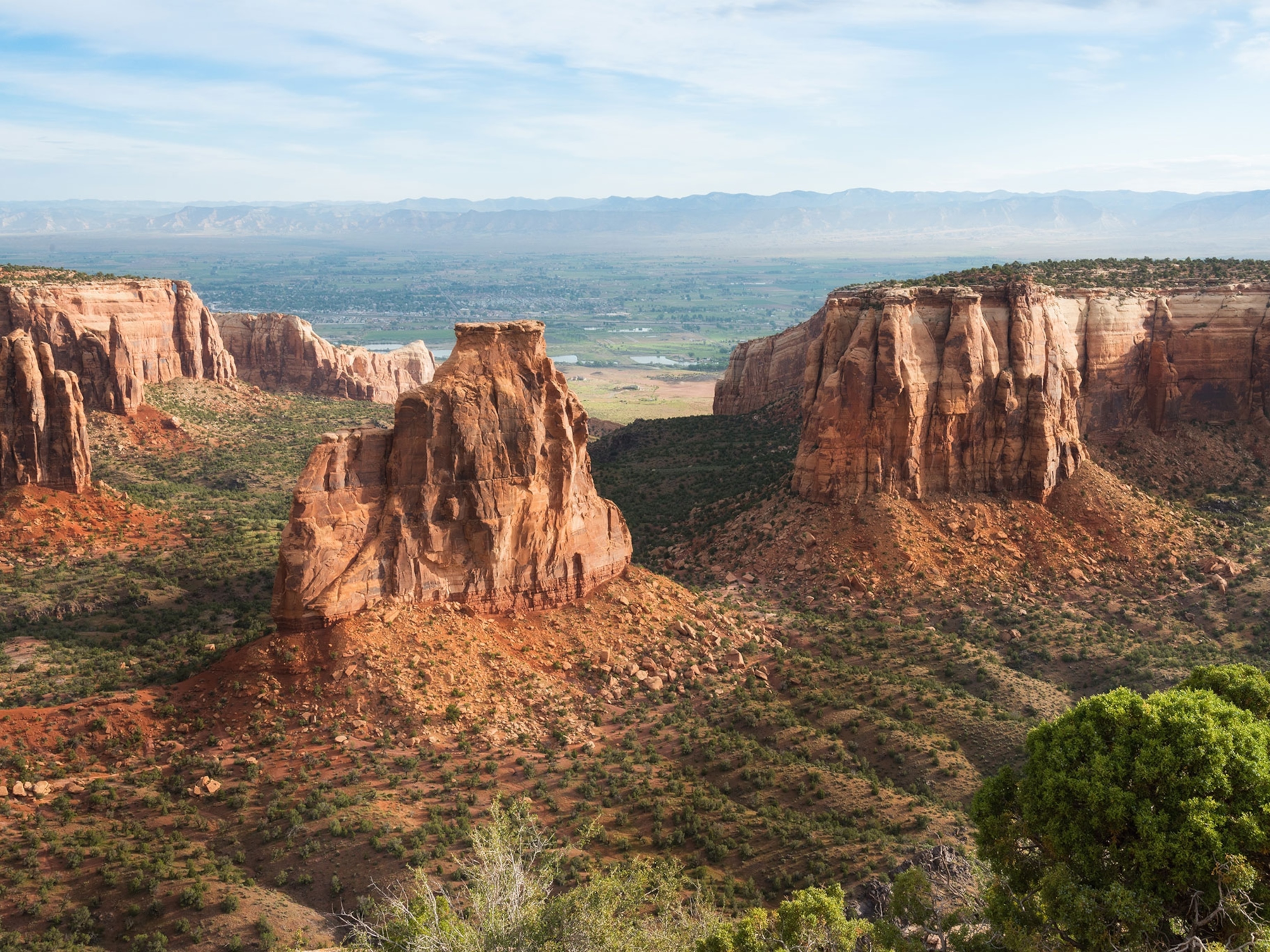
Discover the Best of Salt Lake City
Explore the Crossroads of the West with these top 10 tips.
Stunning hikes, charming boutiques, and unique cuisine and culture are hallmarks of lively and inviting Salt Lake City, Utah.
Wildlife
After following packs of migrating raptors into the wild Western mountain ranges, Steve Hoffman landed upon his primary aim in the creation of Hawk Watch International (HWI). Officially founded in 1986, HWI’s mission is to utilize the scientific research and long-term monitoring of Utah’s raptors, such as great horned owls and peregrine falcons, to better understand and impact environmental and ecosystem health. HWI is also dedicated to educating visitors and community members about raptors and our joint impact on our fragile ecosystem. The organization also consistently engages partners and community members through educational outreach, internship and volunteer opportunities, and special events.
Natural Wonder
Humans’ first documented usage of the Timpanogos cave system stretches back to 12,000 B.C. with the Paleo-Native American peoples that inhabited the shores of then Utah Lake. For several thousand years after, multiple tribal communities inhabited the region, varying location and survival mechanics alongside climate and ecosystem changes. Ancient legends are still shared today at Timpanogos Cave National Monument as visitors meander through caves filled with stunning helictites, “cave bacon,” columns, popcorn, drapery, stalactites, and stalagmites.
National Park
One of the most heavily visited forest areas in the nation, the Uinta-Wasatch-Cache National Forest stretches nearly 2.1 million acres across northern and north-central Utah and encompasses the Wasatch Range and the northern slope of the High Uinta Wilderness. Some of the most notable areas to explore include the Mount Nebo National Scenic Byway, the International Dark Sky Park, and Strawberry Reservoir, an ideal place to practice “blue ribbon” fishing. In addition to providing the setting for nearly any recreational activity year-round, the forest is managed for livestock and wildlife and the protection of critical watersheds. Utah is also home to the not-to-be-missed “Mighty Five” national parks: Arches, Zion, Bryce Canyon, Canyonlands, and Capitol Reef.
Archaeological Site
With a LEED-certified building nestled snugly into the foothills of the Wasatch Range, the Utah Museum of Natural History is both an architectural landmark and an engaging place to learn. The museum first opened its doors in 1969 on the University of Utah campus and has since acquired more than 1.5 million objects and maintained a steadfast commitment to science and environmental preservation. Current exhibits include in-depth explorations of paleontology (with fossils excavated from Utah sites), entomology, anthropology, vertebrate zoology, botany, mineralogy, and malacology, the study of mollusks.
Best Day Trip
In the late 1960s, abstract artist Robert Smithson, inspired by the pre-Colombian Great Serpent Mound in Ohio, traveled to the Great Salt Lake and created a seminal work of art. The piece embodied one of his goals to place his art in the land as opposed to on the land. Using bulldozers, pilots, and his wife’s help, Smithson transported over 6,000 tons of black basalt rocks to create the “Spiral Jetty,” finishing in 1970. Stretching 1,500 feet long and 15 feet wide, the jetty forms a coil that winds counterclockwise from Rozel Point into the lake.
Cultural Site
A mere four days after arriving in the Salt Lake Valley in 1847, Mormon pioneers designated modern-day Temple Square as the location for their first religious temple. Forty years later, the construction of the Salt Lake Temple was completed, and the gridded street system of Salt Lake City continued to develop with the temple at its heart. Present-day Historic Temple Square includes the temple, the Joseph Smith Memorial Building, the Relief Society Building and Church Office Building, the Conference Center, the Family History Library, and the Museum of Church History and Art, as well as a large pedestrian plaza and reflecting pool. The site offers free tours, events and performances by the Mormon Tabernacle Choir, dining options, and holiday lights during the winter season.
Off the Beaten Path
Tucked unassumingly into a suburban neighborhood, the Gilgal Sculpture Garden was envisioned and created by Thomas Battersby Child, Jr. in the mid-20th century as a physical representation of his deeply held beliefs. Quoted as saying “If you want to be brought down to earth in your thinking and studying, try to make your thoughts express themselves with your hands,” Child hoped the garden would inspire the thoughtful pursuit of life’s meaning in its visitors. The garden is home to 12 original sculptures and over 70 stones engraved with poems, scriptures, and literary texts. The garden is the only identified “visionary art environment” in Utah, a title that signifies art created from found materials and by those without formal artistic training in an effort to express deep conviction.
- National Geographic Expeditions
Most Iconic Attraction
Known for hosting the annual Sundance Film Festival, as a world-class mountain resort, and the venue for the 2002 Winter Olympics, Park City (east of Salt Lake City) is a lively mountain town that boasts fine cuisine, culture, and art. Discovered in 1868 by soldiers searching for silver, the town quickly grew into one of the most sought-after mining towns in the West. By 1930, as mining began to decline, skiing began to gain traction as a sport and recreational pastime. Presently, Park City claims lively bars, chic and unique shops and boutiques, fine dining, and a thriving art scene.
Late Night
Although understated, Salt Lake City’s nightlife is burgeoning. While the city boasts multiple breweries, the best nightlife can be experienced at Beer Bar and Bar X or Bodega. Opened in 1933, the year Prohibition was repealed, Bar X contains quaint booths, low lights, and late ‘20s-themed décor. Since its refurbishment in 2010, it has been a frequent hot spot for drinks and late-night hangouts, alongside its sister, Beer Bar. The two are connected by an inside door and allow bargoers to hop between well-cooked bar food and supporting their favored team at Beer Bar, and craft cocktails and quiet conversation at Bar X. For a similar speakeasy vibe, Bodega provides a small space for friends to enjoy food, drink, and friendly conversation. For more upbeat or dance-hall style evenings, Urban Lounge, the Depot, or Sky Bar host musicians and DJs that can keep you on your feet.
Architectural Wonder
Architects Bernard O. Mecklenburg and Carl M. Newhausen began work on the Cathedral of the Madeleine in 1900 and saw its completion in 1909. With the Romanesque Revival influencing the building’s exterior, and Gothic Revival influences inside, the cathedral is a stunning work of architectural creativity. In 1915, Joseph S. Glass, then bishop of Salt Lake City, solicited the help of John Theodore Comes, a leading architect of that age, to beautify the cathedral’s interior. With his artistic guidance, the cathedral’s murals, polychrome detailing, and St. Mary Magdalen reredos and shrines were created and updated with Spanish Gothic inspiration. Visitors to the cathedral can enjoy events, services, and tours, and can gain inspiration from the stained-glass masterpieces, architectural design, murals, and shrines.
